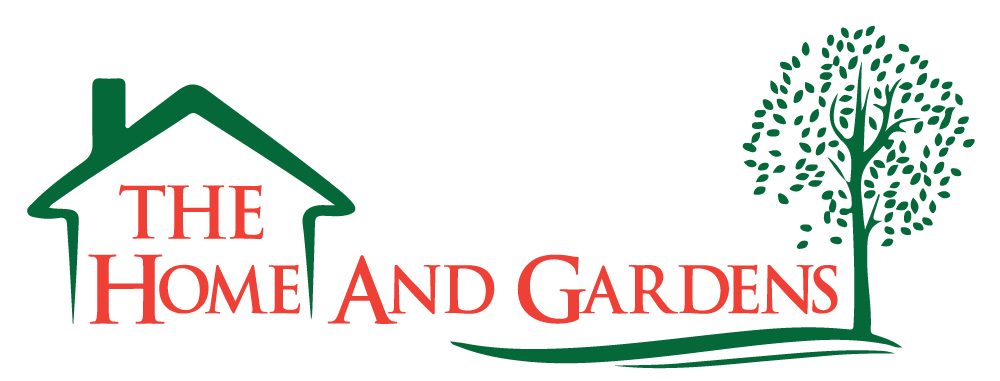The Importance of Deadheading
Deadheading is where you remove all the dead or spent flower heads from your plant and it’s advised that you regularly do this to encourage plant regrowth and to keep your garden looking at its best. This is a simple gardening task but it’s a particularly important one.
How to deadhead your plants
There are several different ways in which you can deadhead your plants; the first is to use your fingers and pinch the stem of the flower just above the first set of healthy leaves. Another way is to use scissors and this is especially helpful when the flower has a thicker stem like a rose for example. However, you can also use other tools like a knife or secateurs. Yet when it comes to the larger stems it’s recommended that they are cut at a 45-degree angle. Another form of deadheading is to shear your plants and you would typically shear the first few inches of the plant back. When shearing, it’s important to first check for new flower buds.
The benefits of deadheading plants.
By deadheading your plants, you will be redirecting its energy back into flowering and creating a stronger growth as well as providing the opportunity for more flowers to grow along with a longer bloom. If you don’t deadhead your old bloom, it may cause your flowers and garden to look untidy and can prevent new flowering. More benefits include preventing damage to healthy leaves as well as preventing excessive self-seeding. Some types of flowers are better in their second bloom and common examples of these would be:
- Blanket Flower
- Climbing Rose
- Columbine
- Jacob’s Ladder
- Large-Flowered Tickseed
- Woodland Sage
- Peachleaf Bellflower
- Bleeding Heart
- Delphiniums
- Iris Immortality
Don’t want to deadhead your flowers?
If you don’t want to deadhead your plants, there are a range of flowers that are ‘self-cleaning’ which means that they will still flower when old blooms haven’t been removed. These plants can be slightly easier to maintain and will still be an asset to your garden. Examples of flowers that don’t need deadheading include:
- Sedum
- Cleome
- Vinca
- Ligularia
- Baptisia
- Astilbe
- Lobelia x Lucia
- Begonias
- Nemesia
- Angelonia
